Network effects in blockchain games: content is still king
Author: Dmitriy Berenzon – Research Partner @ Zenith Ventures // Alum @ CoinFund, Blockchain @ Berkeley, Berkeley-Haas Source: DappReview
Introduction: Two months ago, we wrote an article entitled "Content is King" , which uses the VR industry and the console game industry as an example to illustrate the dilemma in the application of blockchain applications today – no content, no consumers. Last Saturday we read a similar article on Hackernoon, focusing more on the blockchain game. This is why the content is very important. This article is a DR translation with a slight modification.

In the past two years, the hype of blockchain games has been thunderous and rainy, and there are few blockchain games that are satisfying.
- All are talking about DCEP, what is the relationship between the central bank digital currency and you?
- Research: Five major effects of central bank digital currency
- Science | ConsenSys: Privacy Technology on Ethereum
Although there are many "universal" smart contract platforms like Ethereum in the market, to develop blockchain games, the development of on-demand platforms is still the trend, such as Dapper Labs' Flow and Immutable's Gods Unchained.
We have found the shadow of the early game console platform from these "first generation blockchain game platforms" (they belong to the emerging creative industries, both face the double-sided market, and are faced with computing and storage restrictions).
The console game industry started in the 1970s and has accumulated a wealth of industry data. Blockchain game practitioners want to know which market models can work, and it is wise to study the console game industry.
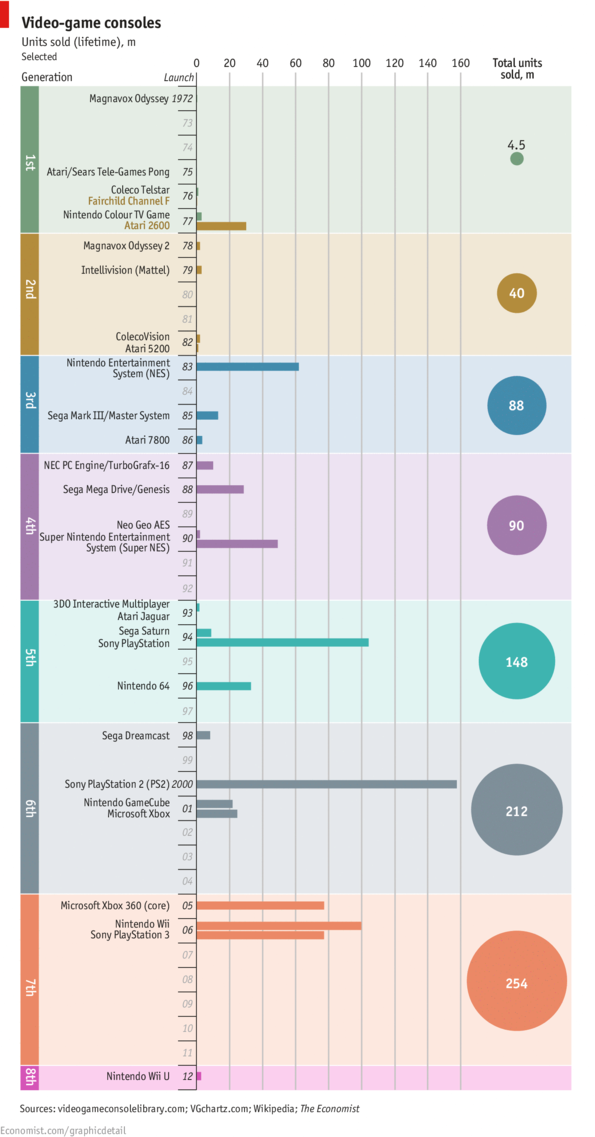
This article will be explained in two game console wars:
- Focus on two key nodes in the history of game console development to find out who won and why.
- Analogy game console platform, find the necessary conditions for the success of the "blockchain game platform".
- Explain the reasons for "the sandbox game is more compatible with the blockchain."
Atari vs Nintendo
Atari and Nintendo are the two most important companies in the game era.
Atari's share price collapsed in 1983, and the bottom-line quality control policy flooded the market with a large number of low-quality games (such as ET), which ultimately led to bad results. However, it is biased to focus only on the destruction of the Atari dynasty. We cannot ignore its seven-year growth.
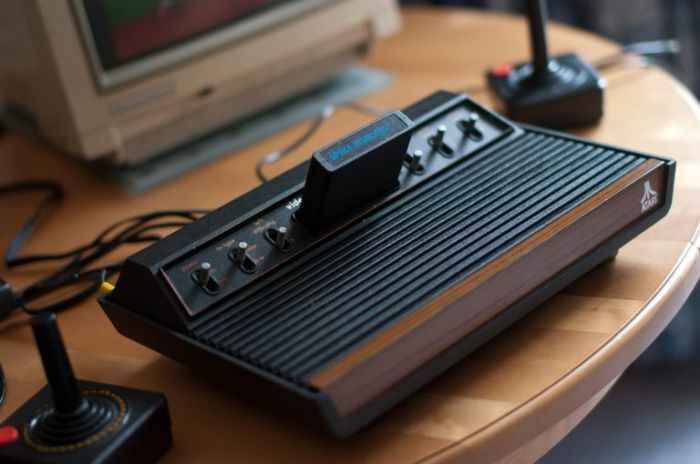
Atari's strategic decision is inseparable from the market environment at the time. In order to win the platform competition, Atari must open its system and give control to the game developers, so that more developers can build the game ecology .
The former hegemony achieved this by opening up most of its game material, such as Taito's Space Invaders and Namco's Pac-Man. In the end, Atari won the platform competition, but lost control of the network.
Nintendo is doing the opposite: adopting a closed network of internally developed content. The benefit is that you can maintain control of the network, but at the expense of slow growth. The strategy is effective because of the excellent game backing, such as King Kong, Mario and The Legend of Zelda .
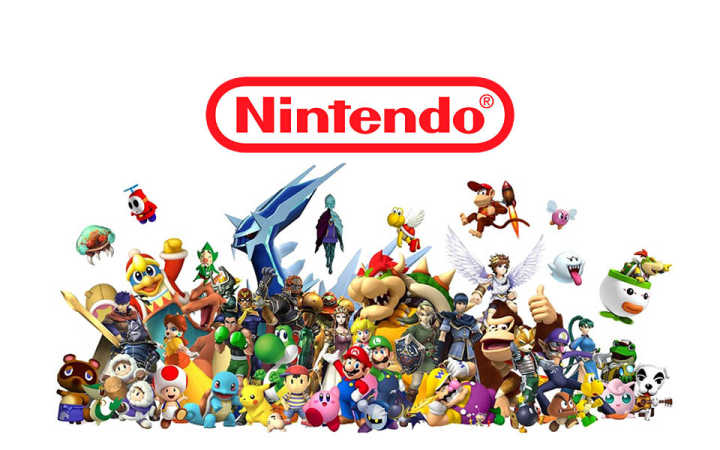
Nintendo uses high-quality content to guide the user base and then draw developers to their platform. In fact, by 1987, Nintendo had a very powerful platform, so that it had a very strict clause for game developers. For example, making content on the Nintendo platform requires pre-paid, up to five games per year, and Nintendo has two years of mandatory exclusive rights.
Nintendo is doing this to maintain control over network quality, and developers agree, because Nintendo's network is valuable.
“Why does Atari not implement similar terms?”
Because they don't have the power; developers won't accept these terms, and Atari will lose the battle for the platform. In addition, Atari has no internal talent to replicate the success of "Space Invaders" and "Pac-Man" . Therefore, Atari's later game consoles are mostly based on their classic arcade games, and they have a sense of superiority.
"This has nothing to do with content – Nintendo has built a better system."
The Nintendo Entertainment System (NES) and Atari 2600 are the originators of game consoles. Since the Atari 2600 was a few years earlier than the NES, we chose to study the contemporary products of the two companies: Atari 7800 and NES, both of which were released in North America in 1986.

The processor speeds of the two systems are indistinguishable, the 7800 has more memory and a faster graphics card, but the NES sound chip is much better.
Although the 7600 is more powerful on paper, the NES's memory management controller chip can play the true strength of the game console and greatly expand the performance.
The ink cartridge (NES game carrier) has a built-in game with more complicated gameplay, better graphics performance and sound performance, and the game experience is not possible based on the game machine body.
Although this is an sensible decision at the architectural level, it also brings tangible benefits, but this does not bring about an order of magnitude improvement, so it is not a key factor in the success of the system.
Nintendo vs. Sony
When a new creative industry emerges, the role of content is crucial to the development of the entire industry. As the industry matures, is the status of the content unmovable? To answer this question, let's put the time back ten years and compare the Nintendo N64 to the Sony PlayStation (PS1).
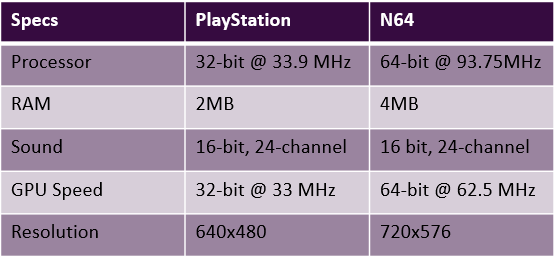
The Nintendo 64 has more powerful hardware, and the PlayStation greatly expands its storage capacity with the CD-ROM. The PS1 CD can hold about 650MB of data, and because of the insistence on using the cartridge, the N64 can hold about 64MB of data – this is an order of magnitude difference. Later PS1 games were even extended by using multiple discs. The lack of capacity limits the N64's play on audio, graphics and video storage. This feature has proven to be critical to developers. The expansion allows developers to create games with longer gameplay, deeper levels of experience, and richer game content . In addition, the CD itself is inexpensive, and the cost of writing and distributing games on a CD is low, which allows developers to quickly experiment in a cost-effective manner. For developers, in addition to having more design space and lower cost, they pay less "privilege fees" to Sony than Nintendo.

These differences directly led to the loss of support from well-known third-party developers including Capcom, Konami and SquareSoft. While continuing to build its own competing game, Nintendo had to struggle under the impact of the diversity of competing games.
The N64 has 388 games, and the PlayStation only released 1,284 games in North America, making the N64 one of the most popular game consoles ever.
"It sounds like Atari's strategy, why did Sony win and Atari lose?"
There are three main differences.
- Market: Compared with 1986, the console game industry in 1996 was more mature and had a large number of high-quality third-party developers.
- Architecture: The PS1 architecture (such as CD-ROM) provides developers with an order of magnitude advantage, while the Atari 7800 architecture is at a disadvantage relative to the NES (ie, ink cartridges are a past advantage).
- Focus on developers: Sony simplifies the work of third-party developers as much as possible. PS1's direct hardware architecture, development tool suite and C language support make it easier for developers to program 3D graphics.
Content is king
To date, history has proven two important points:
- Open networks have the advantage of rapid growth, but sustainability depends on the quality of the content on the network.
- The best hardware rarely wins a video game war, but a good architecture usually leads to better content, and it turns out to be true.

Most importantly, the network and architecture model is the means to achieve the goal of “creating content that satisfies users”: in the blockchain industry, scalability and decentralization are sometimes their ends .
Scalability
Scalability, such as transaction throughput, is unlikely to be a winning factor in blockchain platforms. NES shows us that high quality content can be created despite the technical limitations of the underlying platform . In fact, the content itself is tailored to the capabilities of the platform.
For example, the N64 has a faster transfer speed (loading information from static storage into RAM), so there are more exploration-focused games like the Mario 64, and the PS1 has a large static storage. A slower but more detailed game (such as Resident Evil).
In other words, it's important to have a platform architecture that gives developers enough design space to implement their ideas . Just as the PS1's CD's expansive growth has an order of magnitude advantage over competing products, the platform will also be more likely to attract developers.
Network model
Open networks will not be the magic weapon for blockchain gaming platforms. For a large number of high-quality third-party developers "originally in the blockchain", the market is still immature. The NES example tells us that developers are concerned with users, and users are concerned with content. Early winners in the blockchain gaming industry typically have their own in-house development studios or sign exclusive agreements with traditional third-party developers to guide content on the web.
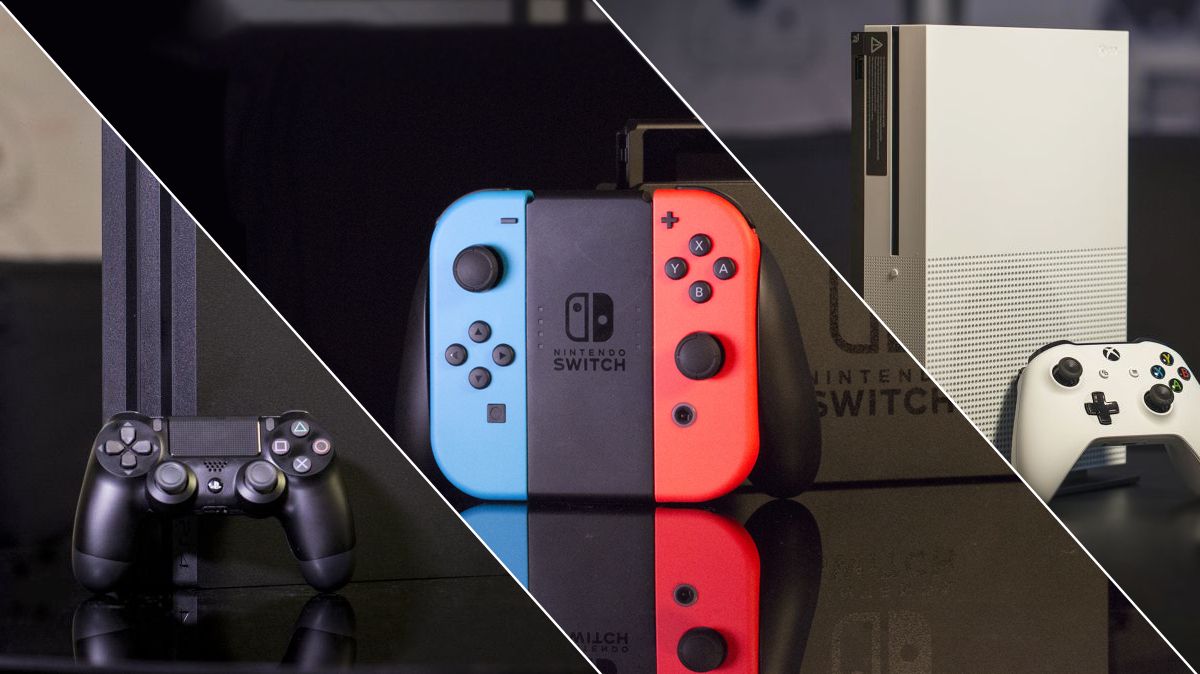
The use of a closed network is also likely to be an early winner. Suppose there is a blockchain platform with access permissions, created by a number of well-known game development studios that combine a relatively open economic system with an immersive game design.
Developer tool
Providing high quality tools to developers is critical. Just as PS1 greatly simplifies the developer's production process, a developer-centric platform can motivate developers to do more experimentation, resulting in a large variety of high-quality content. The success of the platform is inseparable from developers, especially developers who know how to create great content.
Blockchain native content is different
Let's review some of the value propositions of blockchain games:
- Ownership of scarce digital assets: Players have real ownership of the assets in the game without having to worry about the game developers diluting their value.
- Open game economy: Players are free to trade, create markets for digital assets, and motivate players and developers to take action.
- Combinable games: Developers can add new games and assets to existing games and assets to create a new immersive gaming experience.
- A game that can make money: Players can convert their skills and gameplay into money through Token rewards and digital assets.
- Small payment: Players can use cryptocurrencies for low-value payments and gaming experiences of digital assets, such as small payments for unlocking content.
While the unique capabilities of the blockchain bring these benefits, the entire development community has yet to figure out what is best for the platform.
Like virtual reality (VR), blockchain-based games open up a new design space that developers need to customize based on this space.
For example, in a VR movie, the viewer has the freedom to see where to look, and in the traditional movie, the director will "tell" the viewer where to look, so the VR film director needs to take into account the viewer's freedom when making the content.
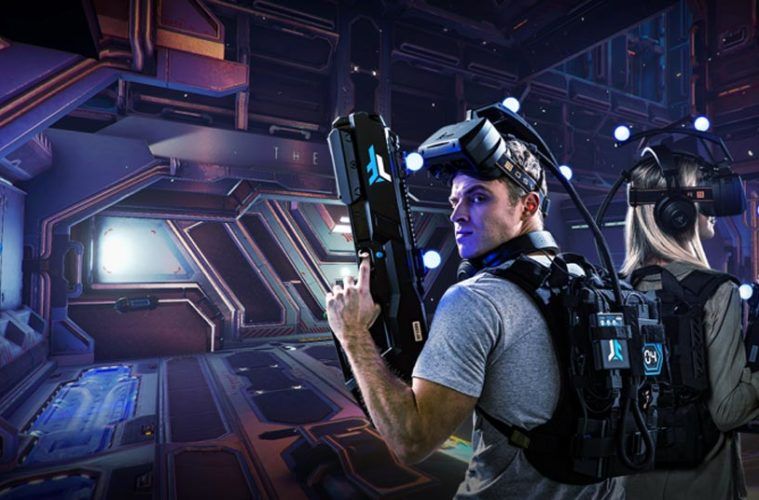
As another example, in a VR game, placing a 2D user interface in 3D space is not intuitive, so designers have to rethink the most basic UI modes, such as game menus.
Sandbox is a killer app
Although blockchain games already have dozens of game types, few games incorporate the value proposition of their type into the core of their design. Perhaps the most promising type is sandboxing, which allows players to freely explore, create, modify and destroy their environment. In these games, players usually have the same tools as game designers, so they can change or adjust the gameplay to suit their needs. Minecraft and Roblox are two popular examples.
Sandbox games support a wide range of digital assets including non-homogeneous assets and homogenous assets. Almost everything can be marked in the sandbox, which increases the design space for developers, and the money stimuli that players get are also allowing them to continue playing.
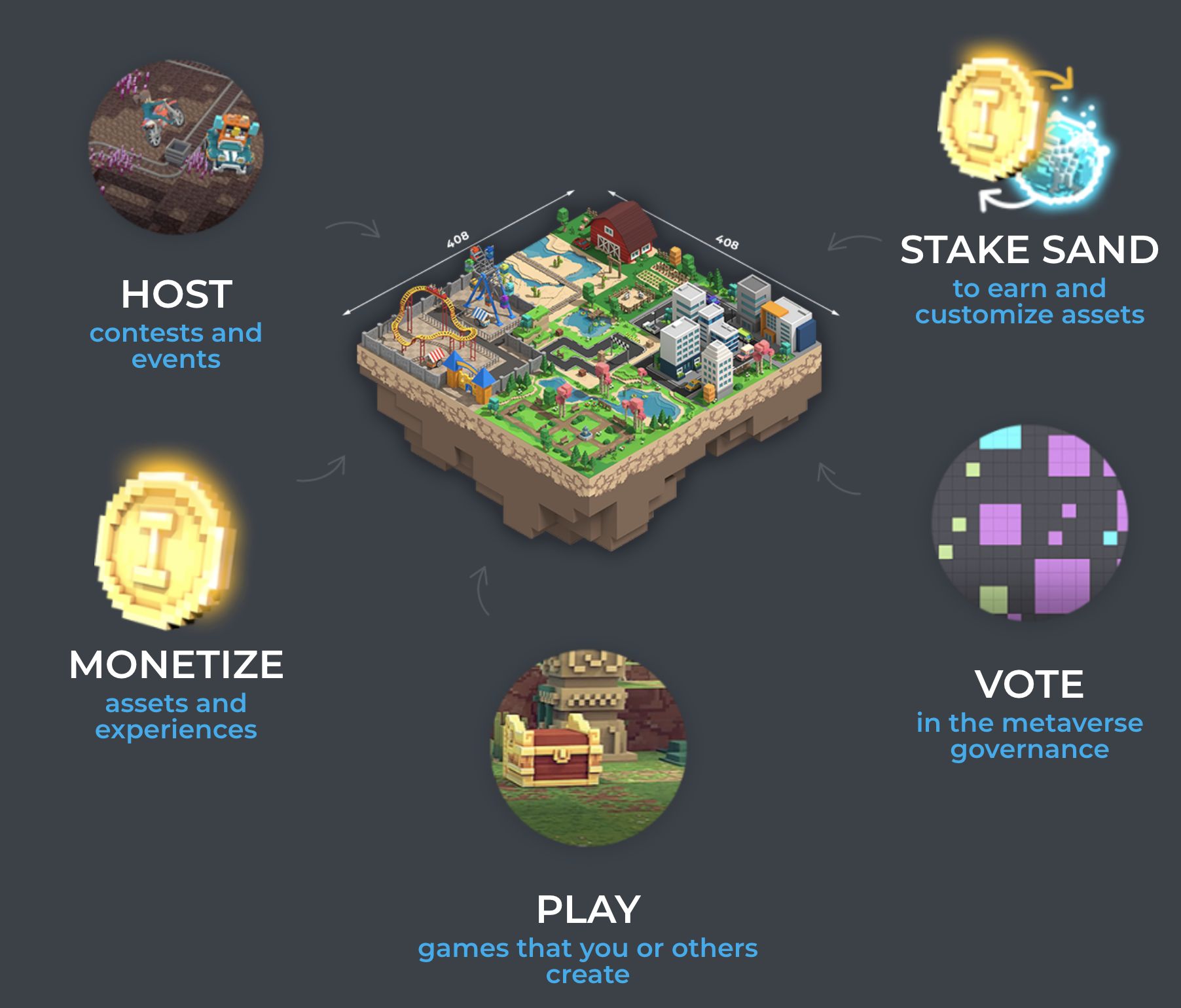
In addition, sandbox games provide a vibrant in-game economy that allows players to form market and trading assets with the same freedom as the game itself.
In addition, sandbox games are inherently extensible, which further increases the developer's design space and always provides new content to the player.
Game designers can also inspire extensibility through rewards for developers.
In the end, the sandbox game can't compete with the 3A masterpiece in terms of storyline and graphics complexity, thus reducing the barrier to entry.
Calculating the game state may not require a blockchain. When the game state is executed under the chain, the blockchain can act as a data layer. This allows the blockchain to do what they do best — maintaining an encrypted connection data log for append only. In short, blockchain can be used as a value layer for sandbox games.
in conclusion
People play games because they are fun and fun, not because they are built on blockchains. This means that the threshold for success is high because competitors are not just peers of smart contract platforms, but also 3A games with powerful hardware and beautiful design. Sandbox games are the most promising games on the blockchain gaming platform. The winning platform is likely to have an architecture and tools that maximize the design space for developers and provide an immersive gaming experience for players.
We will continue to update Blocking; if you have any questions or suggestions, please contact us!
Was this article helpful?
93 out of 132 found this helpful
Related articles
- Babbitt Column | Blockchain Essence: Performance Essence
- Dry Goods | Blockchain Economics: A Guide to Institutional Cryptography
- The MakerDAO rate has dropped to the lowest level in half a year. How to arbitrage from it?
- QKL123 market analysis | Bitcoin adjustment is nearing the end, or will start the slow cattle market (1104)
- Speed reading | Bitcoin S17+ new mining machine revenue evaluation; exchange wallet holds 6.7% of all bitcoin
- What are the major impacts of the accelerated development of the central bank's digital currency?
- Failed to pay 500,000 bitcoins, CSW violated the settlement agreement, litigation restarted






